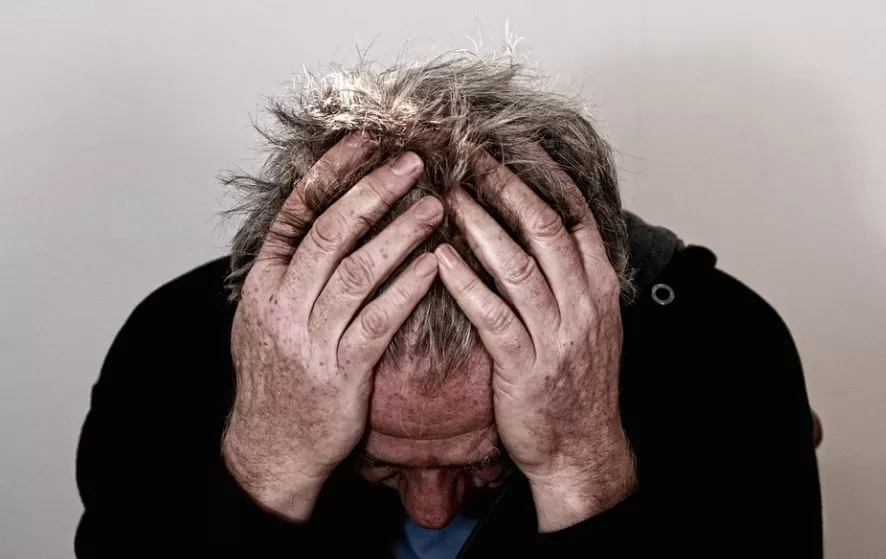The best way to protect your health is to be prepared. Know the warning signs of illness or injury so that you can treat them early. You do not have to be a trained doctor or nurse to be your own advocate. Pay attention to unintentional changes in how you look or feel, as these can be actionable red flags. Consider the following 10 visible signs of illness as you seek optimal health outcomes.
Bruising or Petechiae
Unusual bruising can be a sign of a blood clotting issue. Look out for large or frequent bruising that is not associated with a significant impact. Petechiae can look like leukemia bruises pictures and is characterized by small and flat red dots under the skin. The pinpoint dots can be a sign of bleeding under the skin caused by anemia, cancer, injury, or another blood disorder.
Change in Pallor
A change in pallor should be noted, especially if accompanied by symptoms like dizziness and nausea. A pale or purple-tinged pallor can be a sign of low oxygen, which can stem from a pulmonary or cardiac issue. Yellow skin and eyes are a sign of jaundice, which is a serious liver problem.
Skin Rash
There are many different types of skin rashes, from flat to raised and blistering. A hot, weeping rash with a fever can be a sign of infection from contact dermatitis. Other rashes can be fungal or caused by an allergic reaction. Red pustules may be a sign of chickenpox, which is highly contagious. Take a picture of any affected area and track whether your rash spreads.
Slow Wound Healing
If your cut or scratch does not heal properly, it may be a sign that your body is under stress from an underlying condition. You may have a connective tissue disorder or autoimmune illness. Papery scars or keloids after wounds heal can also be signs of chronic connective tissue issues.
Limb Swelling
A swollen limb can be a sign of fluid retention or a blood clot. If your leg is painful, swollen, and hot you may have a blood clot that needs treatment. Swollen limbs that display lasting pits when pressed may have edema, which can be a sign of cardiac dysfunction. A swollen limb can also be an allergic reaction to a bug bite.
Facial Swelling
Facial swelling can mean an enlarged “moon face” or particular swollen features. Swollen lips and tongue may be signs of a food or medication allergy. Such symptoms can be accompanied by difficulty with breathing. Moon face can be a sign of fluid retention from cardiac issues or a reaction to steroid treatments.
Weight Loss
Unintentional weight loss should always be taken seriously. If you lose weight without making changes to your diet or physical activities, you should talk to your doctors. It can be a sign of some cancers or autoimmune disorders.
Hair Loss
Increased hair loss can be a sign of nutritional deficiencies, malnutrition, or malabsorption. Your doctor may order a panel of blood tests to check for specific deficiencies. It may be possible to take vitamin supplements or add important elements to your diet. Hair loss can also accompany physical and emotional stress.
Drooping Face
Drooping on one side of your face can be a sign of stroke. This may be characterized by the eyelid, cheek, and mouth dragging down one side of your face. Speech and vision can be significantly disrupted during and after the acute event. Facial drooping can also be caused by Bell’s Palsy.
Moles or New Lesions
Check your body for new moles and skin lesions regularly. Spots with uneven edges are more likely to be skin cancer. Catching cancerous spots and having them removed can prevent serious long-term health issues.
You are the top expert on your body and can recognize changes early. Use your knowledge and intuition to fortify your health for decades to come.
